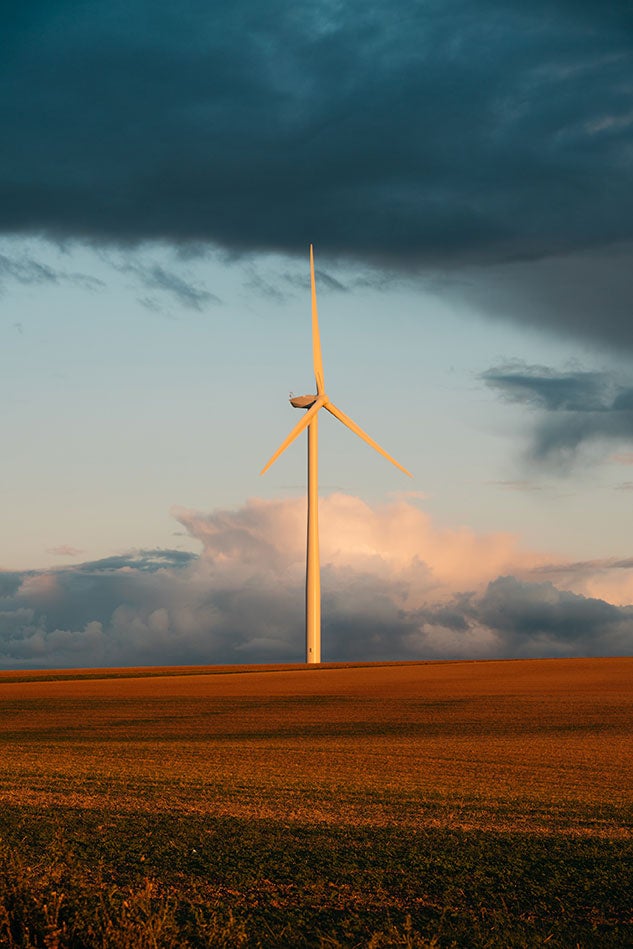Energy in Balance
Study shows increasing importance of wind and solar energy to Texas’ power production

Timing and placement of wind and solar power facilities are critical factors for Texas electricity providers that juggle their output with other resources to provide a balanced flow of energy. Rice researchers have some suggestions on how they can integrate widely varying sources more efficiently.
Joanna Slusarewicz ’20, along with environmental engineer Daniel Cohan, performed an analysis of recent peaks in production from West and South Texas renewable resources and suggested that the state’s power production can be made more reliable by adjusting where and when those resources are deployed.
While established wind and a growing set of solar generators provided about 18 percent of Texas’ power in 2017, judicious use could help grow these resources as coal-fired power plants leave the landscape, the researchers wrote. (Three Texas coal plants closed in 2018 and a fourth closure is anticipated.)
Slusarewicz studied weather data from the National Renewable Energy Laboratory and records compiled by the nonprofit Electric Reliability Council of Texas from 2007 to 2013 that tracked wind power from West and South Texas as well as statewide commercial solar generation. She determined the most reliable power production going forward will come from the combination of solar and West Texas wind, but coastal wind has a significant role to play as well. South Texas’ coastal winds, she found, are most active when power is needed most, at peak usage on hot summer days.
“A major problem with clean energy is that it’s not necessarily reliable,” said Slusarewicz. “Sun and wind, by their nature, are not going to consistently provide power when you know you need it.” Cohan said Texas presents a unique opportunity to learn how to balance energy resources because of several factors: First, because the state’s energy grid is largely self-contained, and second, because of its size and range of climates.
“There’s a legacy in Texas to identify the most sensible places to locate wind power, but that hasn’t carried over yet to where solar farms should best be located or how to bridge some of the coastal wind sites to West Texas transmission zones,” Cohan said. “Only in the past couple of years has solar become competitive with wind. Now Texas has two strong renewable options. That’s why this is the time to look at integrating these sources so they can do better than either can do on its own.”
— Mike Williams
